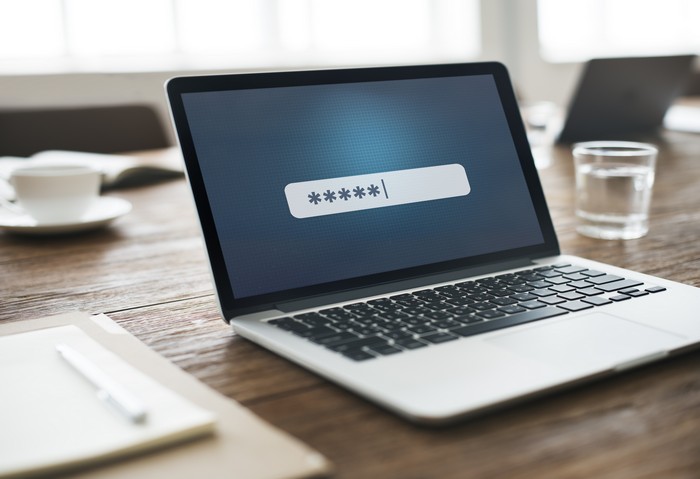New Flaw in macOS High Sierra Allows Anyone Easy Login Access
 A Turkey-based software developer alerted Apple of a bug that allows malicious actors to bypass the security of the macOS High Sierra 10.13 operating system and take full control of the computer. Apple has released a workaround and is currently working on a full patch. Mac users are advised not to leave their computers unattended to avoid potential compromise.
A Turkey-based software developer alerted Apple of a bug that allows malicious actors to bypass the security of the macOS High Sierra 10.13 operating system and take full control of the computer. Apple has released a workaround and is currently working on a full patch. Mac users are advised not to leave their computers unattended to avoid potential compromise.
The bug can be triggered when hitting a prompt in High Sierra that asks for a username and password before logging into a machine with multiple users. Typing "root" as a username, leaving the password field blank, and clicking "unlock" twice is enough to give an unauthorized party full access to a Mac computer. The abovementioned information about the bug became publicly available in the Apple Developers Forum two weeks ago.
A malware designed to exploit the flaw could also install itself on the computer without requiring a password. This latest flaw in High Sierra can allow malicious actors to add administrators, change critical settings, lock out the Mac owner, and risk private user data. Macs with remote desktop access enabled can also be used to gain admin access via this vulnerability.
Apple confirmed the security issue and provided a quick workaround, with a long-term patch already in the works. "We are working on a software update to address this issue," a spokesperson from the tech giant said.
In October, the macOS High Sierra 10.13 operating system already had a slew of patched bugs, which included another easy-to-exploit vulnerability that leaks a user’s password. Earlier versions of the OS was also seen ruining hard drives in iMacs, and rendering kernel-level security protections useless due to weak code implementation.
Mitigation
Apple published guidelines on how to keep malicious actors from exploiting the flaw by enabling the root account and setting a password for it. While there is an option to disable the root user, it is recommended not to do so before it's patched. Enabling the root user only to disable it afterwards will make the efforts of combating the threat futile, since the flaw that exists in High Sierra will make the computer vulnerable again when the root user is disabled.
To change the root password, users can navigate Users & Groups (or Accounts) under System Preferences. Because of the greater privileges the root user has, users are advised to make their passwords unique and complex.
Updated November 29, 2017 10:00 PM
Apple has released a patch to address this vulnerability. All users of macOS High Sierra 10.13 are encouraged to immediately update.
Like it? Add this infographic to your site:
1. Click on the box below. 2. Press Ctrl+A to select all. 3. Press Ctrl+C to copy. 4. Paste the code into your page (Ctrl+V).
Image will appear the same size as you see above.
Recent Posts
- The Next Phase of Cybercrime: Agentic AI and the Shift to Autonomous Criminal Operations
- Reimagining Fraud Operations: The Rise of AI-Powered Scam Assembly Lines
- The Devil Reviews Xanthorox: A Criminal-Focused Analysis of the Latest Malicious LLM Offering
- AI Security Starts Here: The Essentials for Every Organization
- Agentic Edge AI: Development Tools and Workflows

 Complexity and Visibility Gaps in Power Automate
Complexity and Visibility Gaps in Power Automate AI Security Starts Here: The Essentials for Every Organization
AI Security Starts Here: The Essentials for Every Organization The AI-fication of Cyberthreats: Trend Micro Security Predictions for 2026
The AI-fication of Cyberthreats: Trend Micro Security Predictions for 2026 Stay Ahead of AI Threats: Secure LLM Applications With Trend Vision One
Stay Ahead of AI Threats: Secure LLM Applications With Trend Vision One